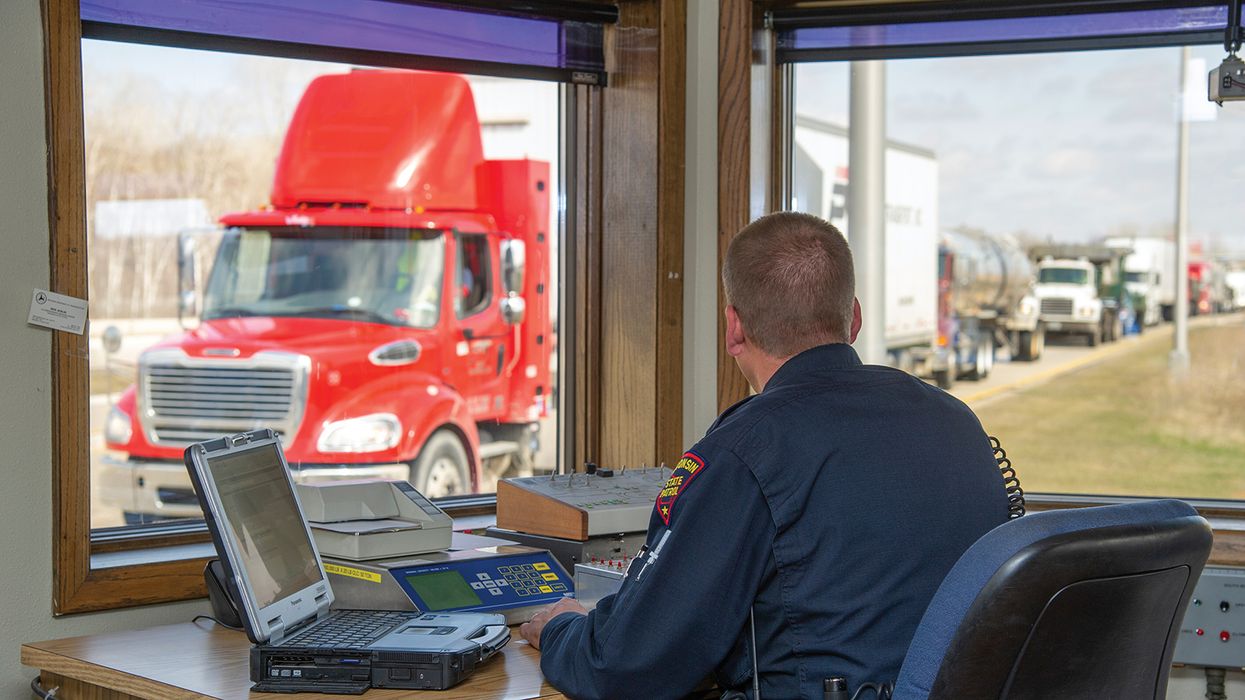Watch your (spring) weight
Watch your (spring) weight
While much of the U.S. and Canada experienced record cold winter temperatures, spring is on its way. It is important for your drivers to be aware of annual spring weight restrictions. Typically, weight restrictions begin in March and many last into May.
As the ground becomes saturated from the thaw of winter, the roads need time to adjust to the changing seasons. Seasonal weight restrictions may change from year to year based on the weather. Typically, effective dates are set based on:
- Frost depths measured along state highways,
- Observed road conditions, and
- Weather forecasts.
Once a state or province feels its roads have regained stability, it will remove the weight restrictions. This occurs when the frost line is deep enough to allow moisture to escape.
Weight limits vary
Interstates and state highways have their own weight limits. Weight limits on local and secondary roads are potentially stricter than on primary highways. How soon the roads return to regular weight limits depends on the design of the road.
- Primary roadways — Interstates and major highways generally have thick, well-graded foundations so they will recover faster. The final surface is often reinforced concrete, which remains strong and secure regardless of the season.
- Secondary roadways — These surfaces don’t have as heavy or thick foundations as primary roads, so it takes longer for them to return to regular weight limits. Secondary roads are often capped with asphalt, which is not as rigid as concrete. The combination of wet conditions and softer foundations makes the roadways unable to support as much weight as they can during a dry summer or frozen winter.
State and province restrictions
While weight restrictions are more prevalent in the northern half of the U.S. and into Canada, any state or province can impose restrictions.
When enforcing spring weight restrictions, state law enforcement will sometimes use portable scales on secondary roads. The portable scales aren’t meant to “catch” drivers but are there to remind them of the importance of following spring weight restrictions.
Why do states closely enforce the weight restrictions? Highway infrastructure funds are hard to generate, and states simply can’t afford the expenses of repairing or replacing roadways due to heavy loads during the spring.
The same is true in Canada. Enforcement is critical to prevent road damage.
Monitoring limits
Both you and your drivers can monitor state and province websites for affected highways and effective dates. Signing up for automatic email or text alerts from the states and provinces is another way to stay up to date.
Drivers of heavy vehicles should know that spring weight limits will be less than the normal posted weight of the road and should watch for road signs indicating seasonal weight restrictions. Drivers should plan ahead and leave enough time in case a different route needs to be taken to avoid restricted roads.
Key to remember: Drivers must be aware that spring weight restrictions can vary by road and state or province and that no two situations are the same.
















































